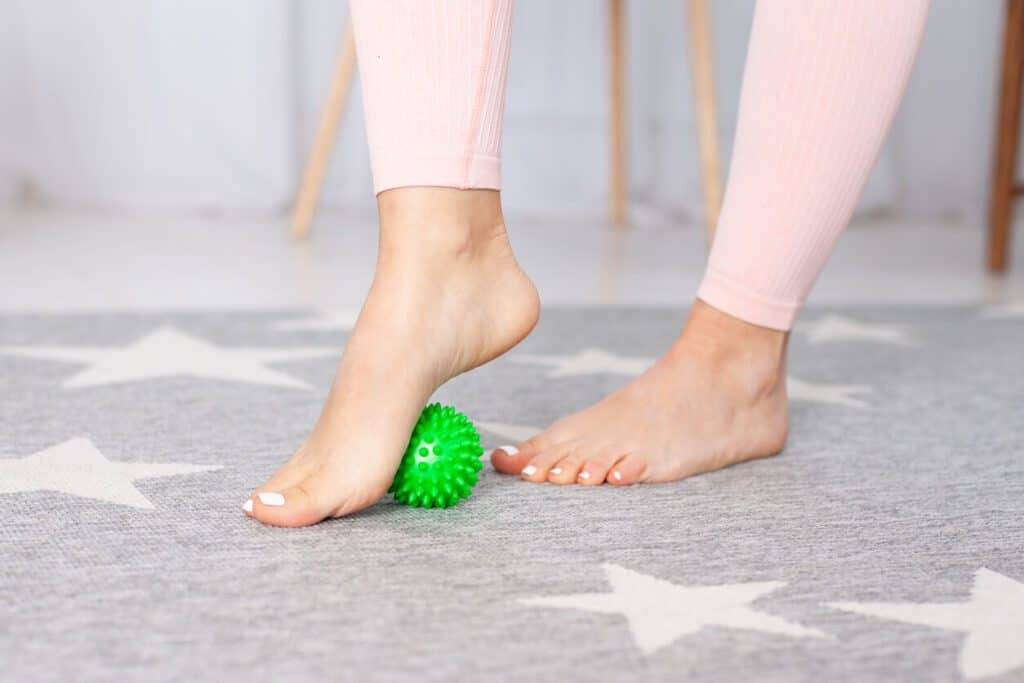Healthy Foot, Happy Gait
The foot and ankle is a very complex and involved area in the body. Each foot is made up of 26 bones, 30 joints, and more than 100 muscles, tendons, and ligaments, all of which work together to provide support, balance, and mobility (1).
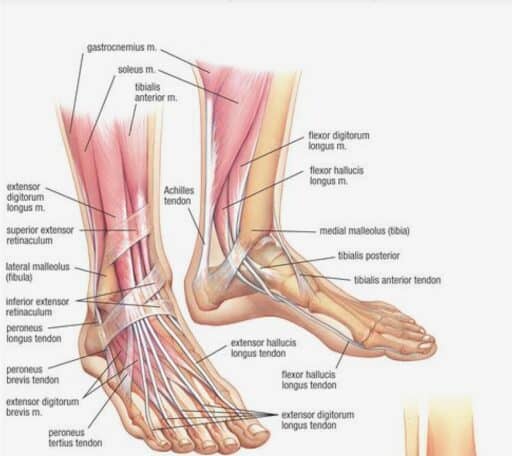
These bones, joints, and muscles all then dynamically work together to form three “rockers” that make up the ability for us to walk. Figure 2 illustrates the three-foot and ankle rockers that work together in the gait cycle.
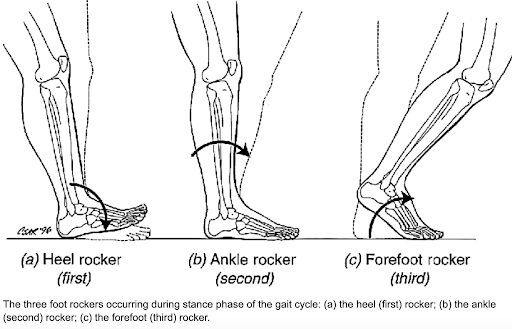
In a walking gait, the heel strikes first in the heel rocker, then we roll through the portion of the joint where the ankle meets the foot in the second (ankle) rocker, and then we progress to toe-off where we move through the forefoot rocker. The proper mechanics in these rockers depend on proper mobility and stability in the foot.
In general, for the rockers to all perform appropriately and to prevent pain and injury in the foot, there are specific mobility and stability needs in the foot.
Specifically:
- The heel bone needs to be mobile
- The midfoot needs to be stable
- The ankle needs to be mobile
- The great toe needs to be mobile
When the areas that need to be mobile or stable, lack that integrity it can cause an overload on tissues and joints that lead to the most common foot, ankle, and lower leg injuries, such as:
- Plantar fasciitis
- Bunions
- Hallux Rigidus
- Hammer Toes
- Shin splints
- unstable/weak ankles
- Heel pain
- Posterior tibial tendonitis
- Peroneal tendonitis
- Morton’s neuromas
Additionally, as outlined in our DIY Knee Exercises article, misuse of the foot and ankle joint can cause issues up the chain, like a decrease in knee cartilage, knee arthritis, hip pain and arthritis, and even back pain!
What happens when certain parts of the foot lose mobility or stability?
For a healthy foot, we generally need a flexible heel, a stable midfoot/arch, a mobile ankle, and a mobile big toe. Here, we will learn what this means and then discuss DIY ways to improve flexibility or strength in these areas.
Heel Mobility
Examples of heel stiffness in Figure 3 show that the heel, through repetitive motion and accumulated stiffness over time, the heel either can turn in or out to an extent that becomes problematic to a healthy gait cycle.
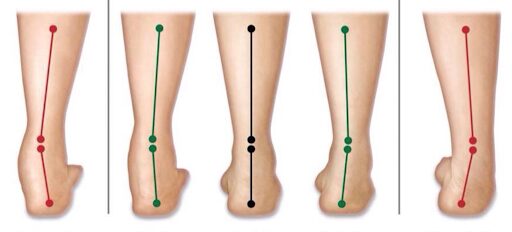


The Heel Fix
Heel Bone Stretch
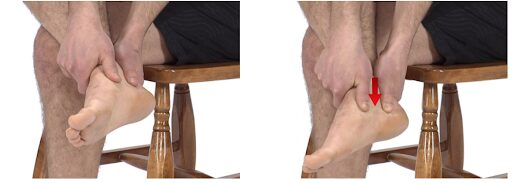


- Cross the involved leg over the opposite thigh with the ankle outside of the thigh.
- Grasp the ankle with both hands below the malleolus (ankle bone).
- Push with both thumbs so that your heel and forefoot rotate downward until you feel a stretch just below the ankle bone where your thumbs are.
- Maintain the stretch for 1 minute
Heel Figure 8
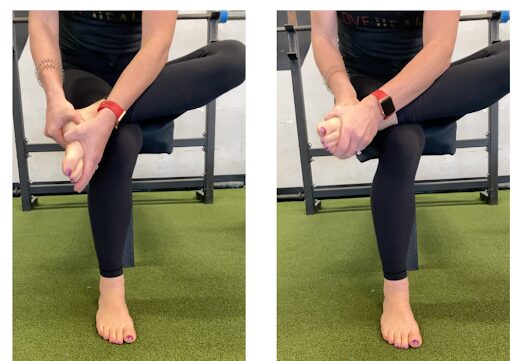


- Take a hold of your heel and your forefoot with each hand
- Try to create figure 8’s throughout the heel
- Focus on trying to make the heel wiggle
- Perform mobilization for 1-2 minutes
Midfoot/ Arch Stability
Examples of heel stiffness in Figure 3 show that the heel, through repetitive motion and accumulated stiffness over time, the heel either can turn in or out to an extent that becomes problematic to a healthy gait cycle.
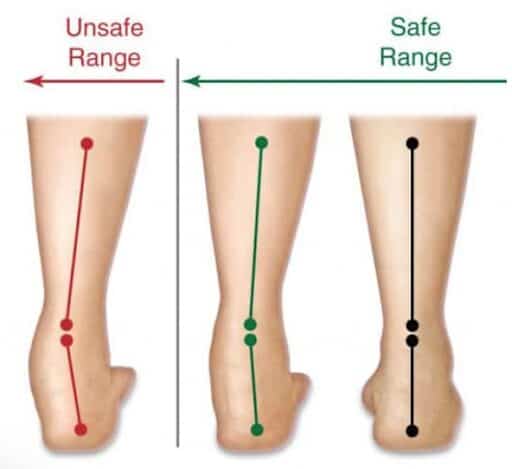


When a foot overpronates, as in Figure 4, it can put the shin muscles into overloaded positions, causing shin splints. It also can put extra pressure on the plantar fascia leading to plantar fasciitis. Long-term overpronation can also contribute to the formation of bunions or the presence of Morton’s neuromas.
The Arch Fix
Floor Scoops
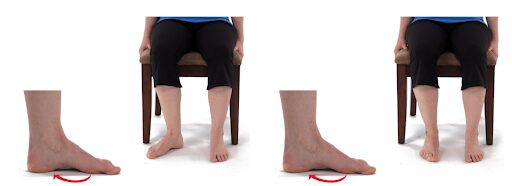


- Sit on the edge of a chair with the feet flat on the ground
- Begin with the affected foot turned out
- Perform a short foot exercise: increase the height of the arch by actively attempting to approximate the ball of the foot towards the heel, without flexing the toes
- While maintaining the contraction, slide the affected foot across the floor to a neutral position
- Return to start position and repeat the exercise for 2 sets of 10 repetitions
- To progress, perform the previously described floor wipe maneuver and upon reaching a neutral position lift the inside of the foot off the ground while maintaining the outside of the foot in contact with the ground
Tripod Foot
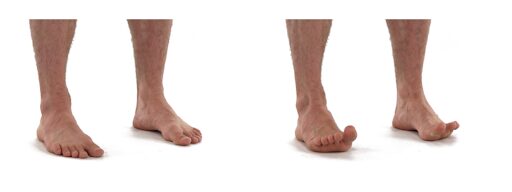


- Stand up and actively engage the arch of the feet by pulling the toes up so as to bear weight through the heel, 1st (bony pad before your big toe) and 5th (bony pad before your little toe) metatarsal heads
- Slowly lower the toes down and hold for 5 seconds at mid point
- Relax the toes back down and relax the arch of the foot
- Repeat 10 times
Ankle Mobility
The ankle joint should be mobile, to the tune of 20+ degrees of dorsiflexion (or toes-up range of motion) when loaded! In the gait cycle, it is important that the ankle joint can move adequately to prevent injury in the foot or shin. Figure 5 (5) displays how much ankle motion is needed per phase of the gait cycle.
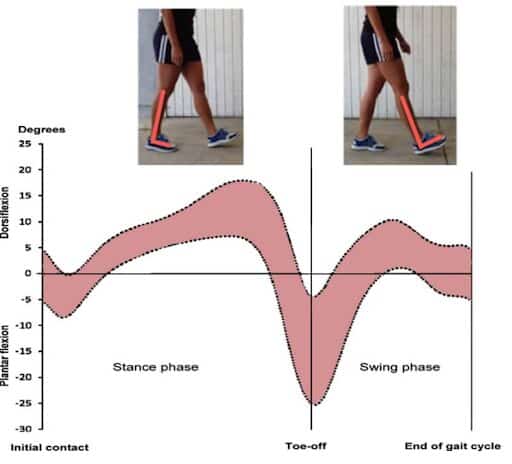


The ankle peaks at almost 20 degrees of toes up range of motion before moving into the toe-off phase of the big toe. If the ankle is restricted and cannot move into that range, it puts extra stress on the plantar fascia and muscles of the shins.
The Ankle Fix
Soleus Calf Stretch
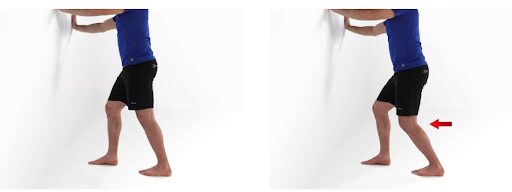


- Stand and place both hands on a wall, with your feet about half a meter from the wall
- Place one leg behind the other and slowly bend the knees while keeping the heels on the floor until you feel a stretch in the calf of the back leg
- Maintain the stretch for 60 seconds and relax
- Repeat 2-3 times
Gastrocnemius Calf Stretch
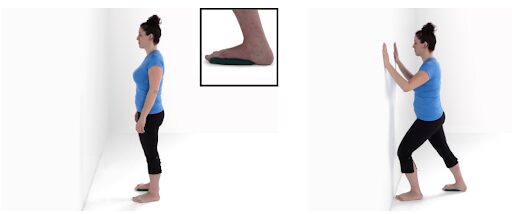


- Stand with both hands on the wall
- Put a towel under the arch/forefoot—on the inside of the rear foot
- Step forward with one leg, keep the affected leg (rear leg) with a straight knee behind you, and move your hips and body forward to feel a stretch in your back calf
- Hold the stretch for 60 seconds and relax
- Repeat 2-3 times
Big Toe Mobility
The big toe or “great toe” is very vital in the gait cycle and overall foot health. It’s mobility is important in maintaining a neutral foot when walking or running. If the great toe is stiff, it can cause the foot to roll in, or overpronate, just like a stiff ankle, or stiff heel can. So, this is the last piece of the puzzle in keeping your foot mobile.



When standing and passively lifting the toe, it should be able to be lifted 30-50 degrees off of the ground – as seen in Figure 6(6). If it is stiff in this position, it suggests it is having a negative impact on walking or running gait, and can contribute to pain in the foot and ankle. And if this joint is immobile long-term it can result in an arthritic and painful great toe, or even can start to deviate into a bunion, as seen in Figure 7.
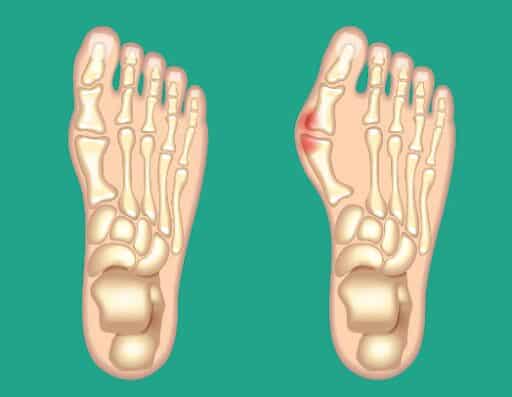


The Toe Fix
Foot Rolling
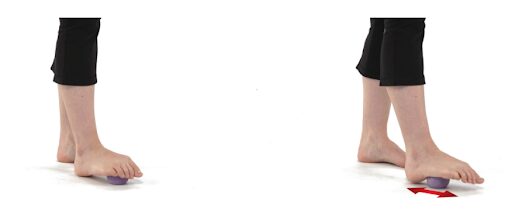


- Sit, or stand next to a chair, wall, or stable object for balance
- Step over a ball with one foot
- Roll the ball under your foot front-to-back to release the plantar fascia
- Pay special attention to roll the inside arch and near the big toe
- Roll for 1-2 minutes
Great Toe Stretch
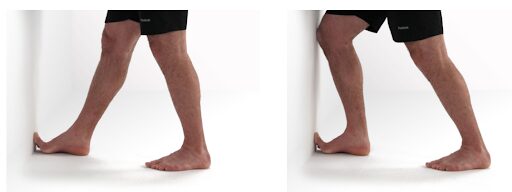


- Stand in front of a wall
- Extend your toes against the wall and try to bring your knee towards the wall until you feel a gentle stretch under the foot
- Maintain the position for 60 seconds and relax
- Repeat 2-3 times
The above exercises(4) address the tight and weak muscles in the most common causes of foot, ankle, and lower leg issues. These exercises provide a conservative, do-it-yourself regimen to help improve your foot pain before seeking invasive medical procedures or surgery.
The following exercises could be performed in 15-20 minutes at home with minimal equipment. If the regimen is performed consistently four times a week for six weeks, and no improvement is appreciated, then it would be advised to pursue an evaluation with an orthopedic specialist.
This content is not intended to be a substitute for professional medical advice, diagnosis, or treatment. Always seek the advice of your physician or another qualified health provider with any questions you may have regarding a medical condition.
References:
- https://www.arthritis.org/health-wellness/about-arthritis/where-it-hurts/anatomy-of-the-foot#:~:text=Each%20foot%20is%20made%20up,main%20structures%20of%20the%20feet
- https://in.pinterest.com/pin/113504853087588741/
- https://www.researchgate.net/figure/The-three-foot-rockers-occurring-during-stance-phase-of-the-gait-cycle-a-the-heel_fig5_301935875
- Exercise images from: physiotec.ca
- https://mikereinold.com/ankle-mobility-exercises-to-improve-dorsiflexion/
- https://www.healthhp.com.au/post/big-toe-mobility-for-runners-why-does-it-matter
